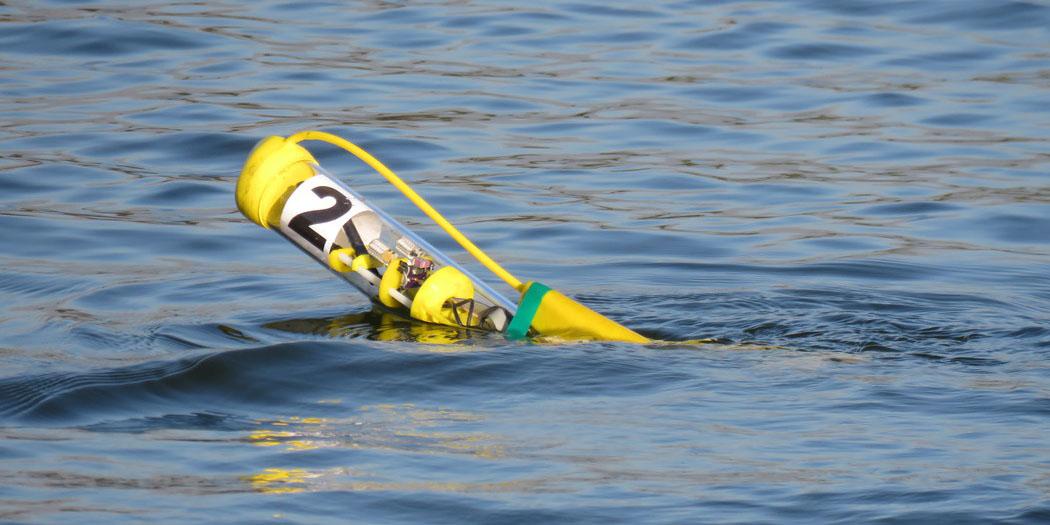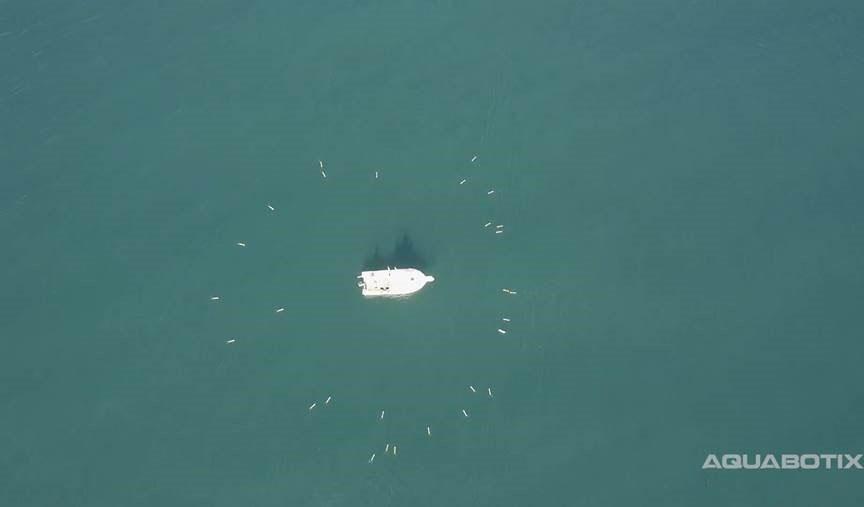Micro Unmanned Vehicles Make A Splash
This article was updated on June 18 to reflect new information.
Autonomous vehicles, whether for land, air or sea, are already in use by the military. The services are now looking into what niche devices can provide as far as capabilities.
The U.S. Navy recently entered into a special purpose Cooperative Research and Development Agreement (CRADA) with Fall River, Massachusetts and Sydney, Australia-based Aquabotix to examine the possibilities of the company’s micro aquatic robot.
Under the CRADA with the Naval Undersea Warfare Center (NUWC) Division Newport, Aquabotix will test and demonstrate the company’s unmanned surface vehicle (USV), called SwarmDiver, as well as other relevant technologies for the Navy and other interested parties, according to a June 13 announcement from the company. The agreement allows Aquabotix to access the NUWC’s Narragansett Bay shallow water test facility just off the coast of Newport, Rhode Island.
“We are honored to be cooperating with the United States Navy and believe that SwarmDiver can be a game changer for the U.S. and allied naval operations,” Aquabotix CEO Whitney Million stated in the release.
The company unveiled the technology at the Navy League’s Sea-Air-Space Global Maritime Exposition at National Harbor, Maryland, in April. At the show, Ted Curley, chief development officer (CDO), Aquabotix, posited that SwarmDiver was the first micro USV with both swarming and diving capabilities. He explained to SIGNAL Magazine that the USV can operate as a swarm of up to 40 devices.
“The devices get dispatched into the water and then go out and dive,” he said. “The USVs collect data on the way down and then resurface.”
A lithium ion battery that lasts up to 2.5 hours powers SwarmDiver. In addition, the device can reach speeds up to 4.3 knots. It has two rear thrusters, a GPS and communicates via radio. “So the vehicles are talking to each other and also talking to the base,” Curley said.
Users are able to put the USVs into different swarming patterns, such as in a line or a circle. The company specifies that the devices can dive to 50 meters below the surface—and have successfully performed test dives of up to 100 meters.
SwarmDiver is capable of collecting a variety of information, the CDO said. For the military, there are a lot of different applications, including mission-planning uses. “Before divers go in the water, they want to know what the water conditions are and the depths,” he noted. And before a ship goes onshore, sailors may want to know what the sediment is like or what is in the water near the shoreline.
“The units are capable of operating in the surf zone, which is a big deal because it is very difficult to collect data in the surf,” he added.
In addition to the planned testing with the Navy, the company conducted a recent demonstration with the Marines. “We are very excited about it and the response has been overwhelming,” says Curley. And “they are all asking, ‘What can I put on it?’”
Reportedly, potential users have inquired about using a 360-degree camera on the USV, a hydrophone to set up an acoustic fence for listening, or explosives to weaponize the device.
The company is still determining the possible payload capabilities, as well as deployment options, including if the USV can it be deployed from another vehicle such as a larger USV, if it can be dropped out of an airplane or helicopter, and if it can be sent out from a submarine.
Commercially use could include environment science applications, shoreline research, or oil detection, Curley said.
Aquabotix also announced on June 18 that it had joined a consortium with the Navy that works to develop and mature science and technology capabilities. The company is now a member of the Innovative Undersea Prototype Development Consortium (iUPDC), which supports the Navy’s Forward Deployed Energy and Communications Outpost (FDECO). FDECO’s mission is to prototype a forward-deployed, open, scalable and coordinated undersea energy replenishment, data management and communications infrastructure for undersea vehicles and sensors, the company said.
“We continue to execute on our strategy of leaning on our strengths in the defense industry and of close engagement with governmental customers, particularly the U.S. Navy,” stated Million in a release. “As a member of iUPDC, Aquabotix will be afforded opportunities to bid on research and development and prototype maturation projects. Participation in this consortium provides a means for Aquabotix to continue cultivating close-working, cooperative relationships with other defense companies and the U.S. Navy.”






Comments